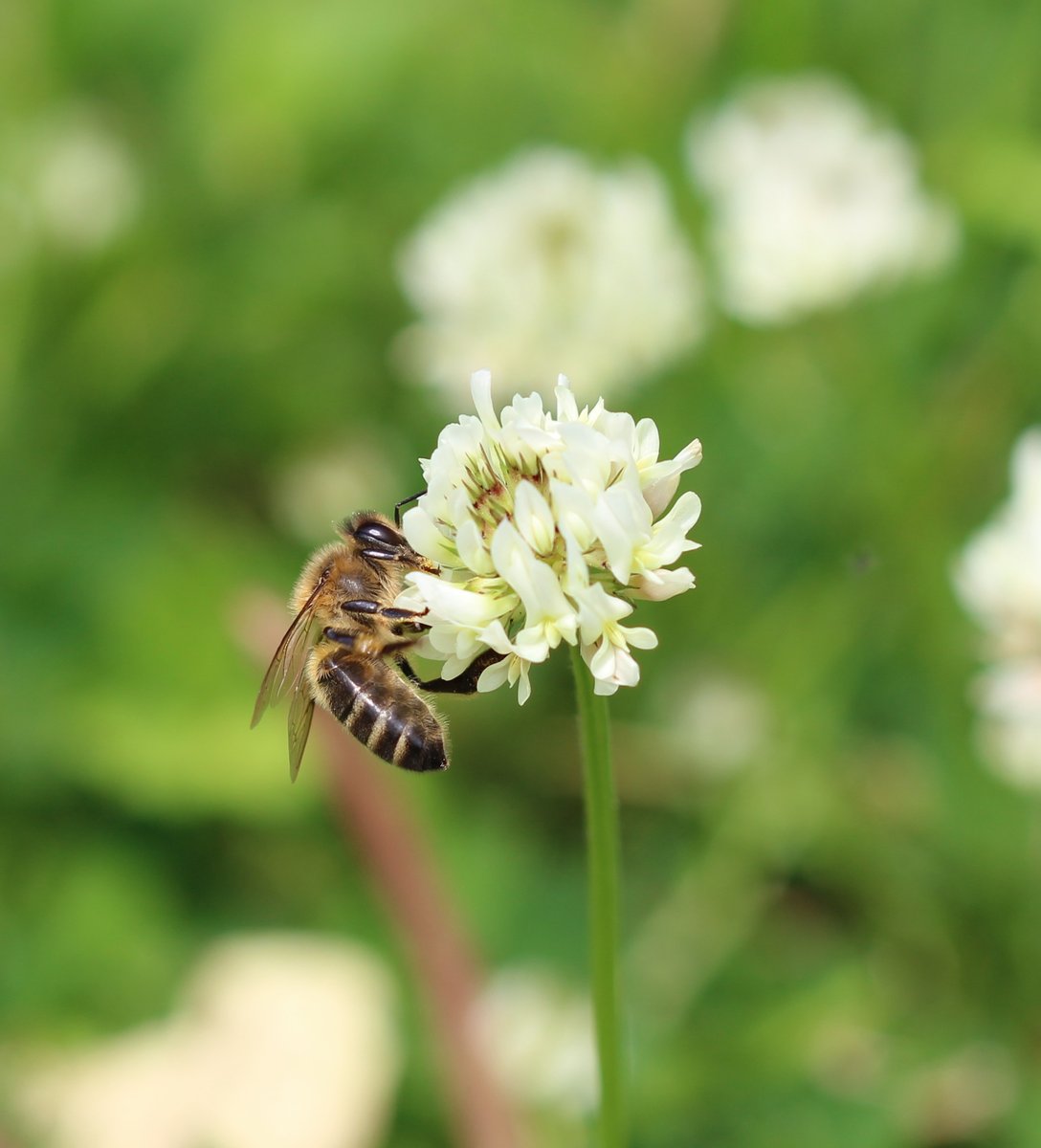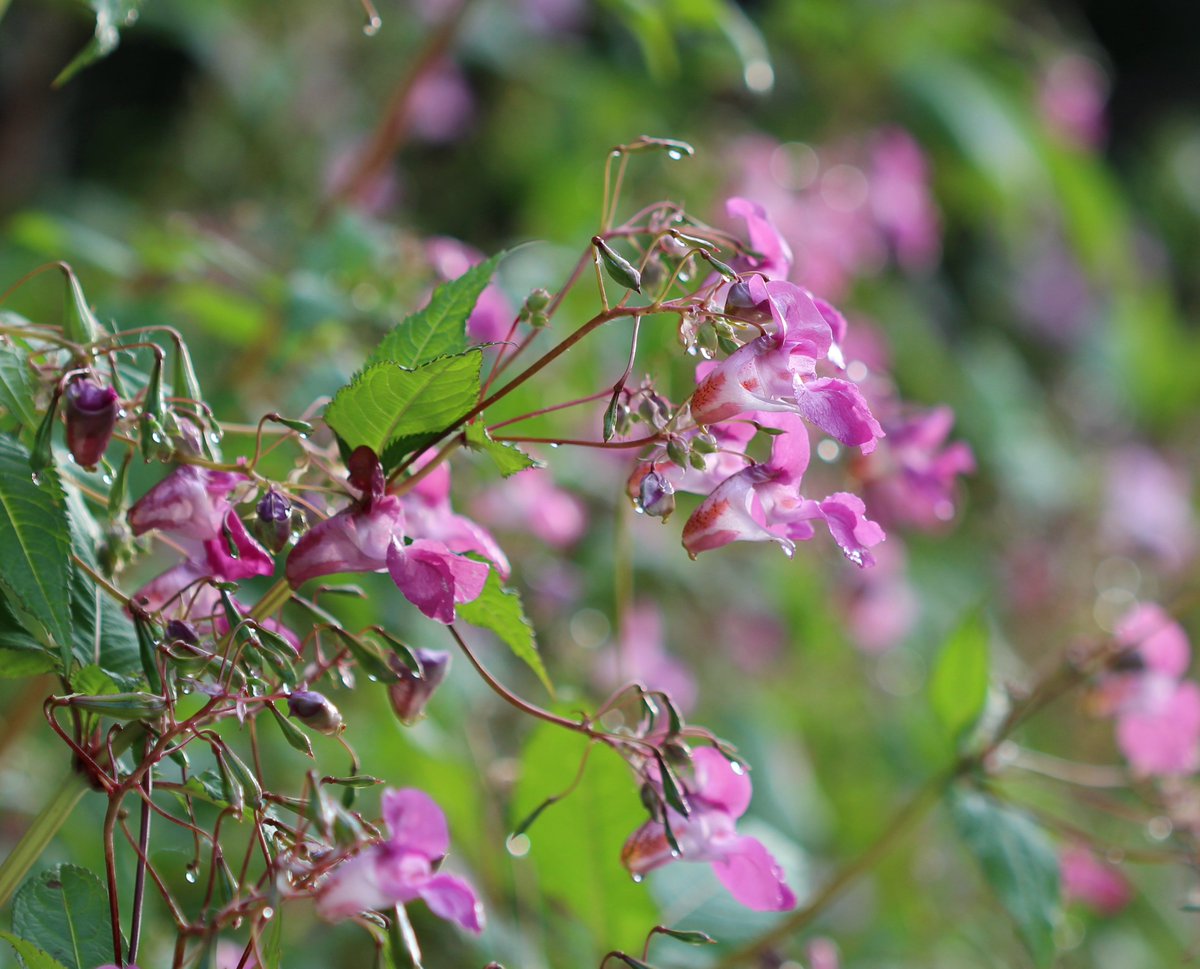
Honeybee historians - track changes in the UK floral landscape over the last 65 years, showing key changes in nectar resources. New paper in @CommsBio by the Science Team @walesbotanic @Zwickynova @abigailjayne26 go.nature.com/3icl2sR
We analysed 441 honey samples from throughout the UK using DNA metabarcoding to find out which plants honeybees use to make honey. We compared this to a survey of honey samples carried out in 1952. 

In 1952 the most important plant for honeybees was white clover (Trifolium repens). This used to be abundant in grazed pastures but increases in silage production and use of inorganic fertilisers and herbicides means that there is less flowering white clover available in 2017. 

With less white clover available, honeybees most important plant in 2017 was bramble (Rubus fruticosus). Commonly found on the edges of hedgerows and woodlands and other wild spaces. 

The honeybees have also made use of a new crop, oil seed rape. Oil seed rape was first grown in the 1960s and now bright yellow fields of oil seed rape are common in spring. It is now an important honeybee plant and a source of honey (which I think tastes of cabbages).
Honeybees have also tracked the spread of an invasive plant - Himalayan balsam (Impatiens glandulifera) was introduced by Victorian gardeners in 1839. It soon escaped and went rampaging across waterways across the UK, it outcompetes other plants and blocks watercourses. 

but, honeybees love it and it's now an important source of nectar at the end of the season. You can tell when honeybees use it because they become covered in a white stripe of pollen on their backs - you can spot these 'ghost bees' coming back into their hives after foraging 

To help provide enough nectar for honeybees (and other pollinators) we need more species-rich grassland and hedgerows with bramble margins. But, the single thing that would make the most difference would be to increase the amount of flowers within improved grassland. 

More about our paper here bit.ly/39LOz9h and all about our research @walesbotanic on our website botanicgarden.wales/science/saving…
• • •
Missing some Tweet in this thread? You can try to
force a refresh



